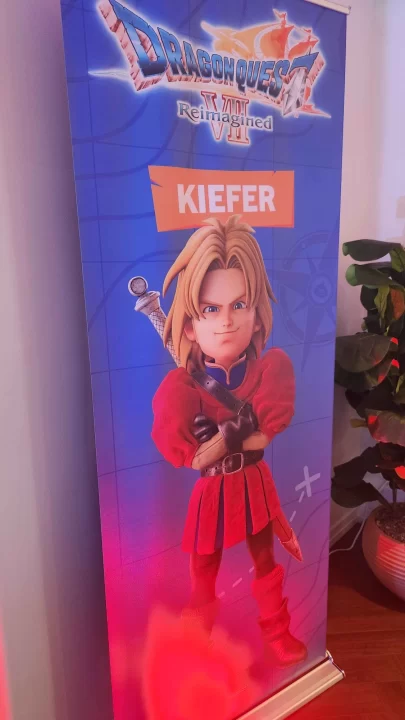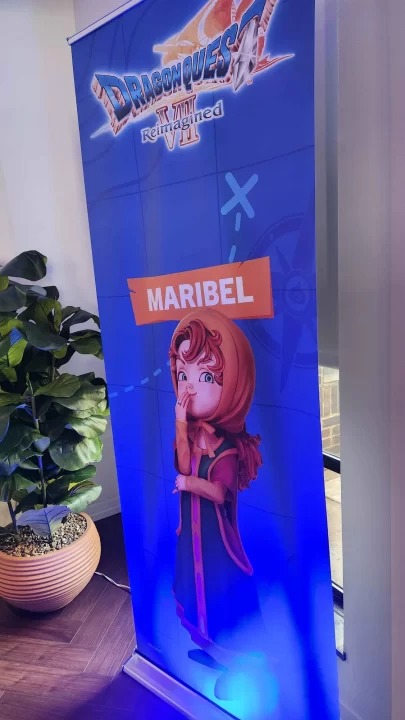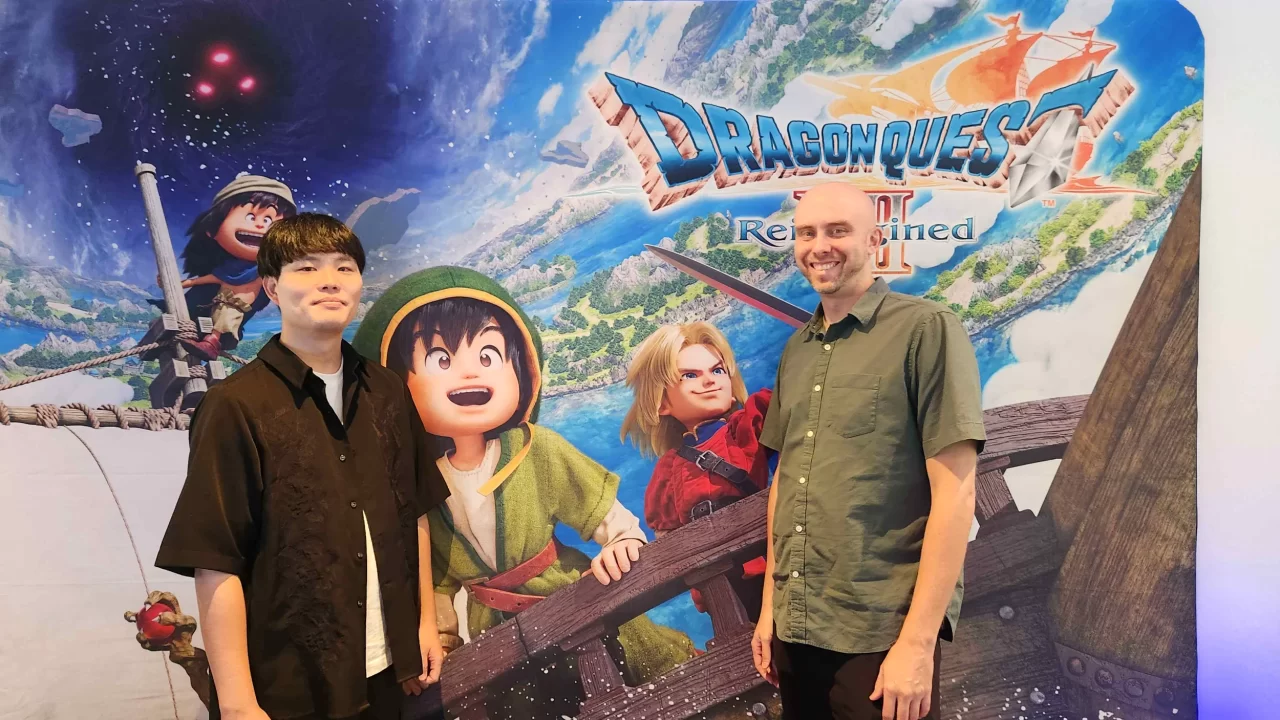As part of the Dragon Quest VII Reimagined Preview, I had the opportunity to interview the game’s producer, Takeshi Ichikawa. As always, I would like to thank him for his time in answering our questions, as well as our translator and the Square Enix team for making the event and interview possible.
RPGFan: Dragon Quest VII Reimagined has a unique look compared to its other contemporaries that have recently been redone, like Dragon Quest I & II HD-2D this year and Dragon Quest III HD-2D last year. What inspired you and your team to use this visual style over the HD-2D style?
Ichikawa: So we don’t have to tell you this at this point, but all the mainline Dragon Quest titles have character designs by Akira Toriyama. One of the unique parts of Dragon Quest VII’s art is that all the characters are drawn shorter and more adorable. So, based on that, we did a lot of explorations in early phases of development and did a lot of research on types of visual styles out there in the world. And we saw that a lot of visual media including films, TV, and games utilize this doll visual style. We’ve discovered that they were pretty well regarded around the world, too. This was the first step towards the decision of utilizing this handcrafted style that would complement the short and adorable designs by Toriyama.
RPGFan: So with the new graphical style, I am also hoping we see some changes in musical arrangements as well, because on both the PlayStation and 3DS versions of Dragon Quest VII that came to the West, we actually never got an orchestrated version of this soundtrack ever. It was always the MIDI soundtrack. Can we expect an orchestrated version for Dragon Quest VII Reimagined, and if so, will we hear arrangements from the Symphonic Suites or new arrangements in this version?
Ichikawa: I am sure you experienced this in your gameplay demo session, but all the tracks in the game are arranged in an orchestra performance. We re-recorded the tracks in the game in an orchestral performance. As for who did the arrangements, they were done by Sugiyama Kobo, the estate for Koichi Sugiyama.
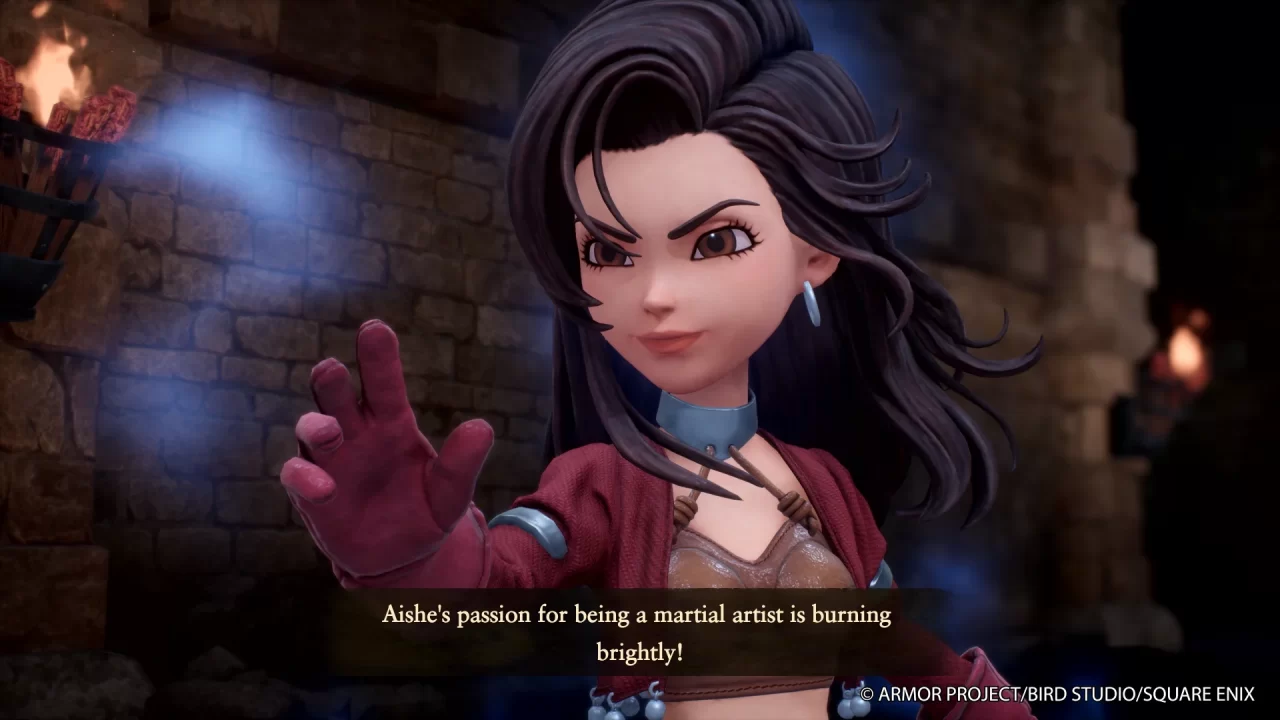
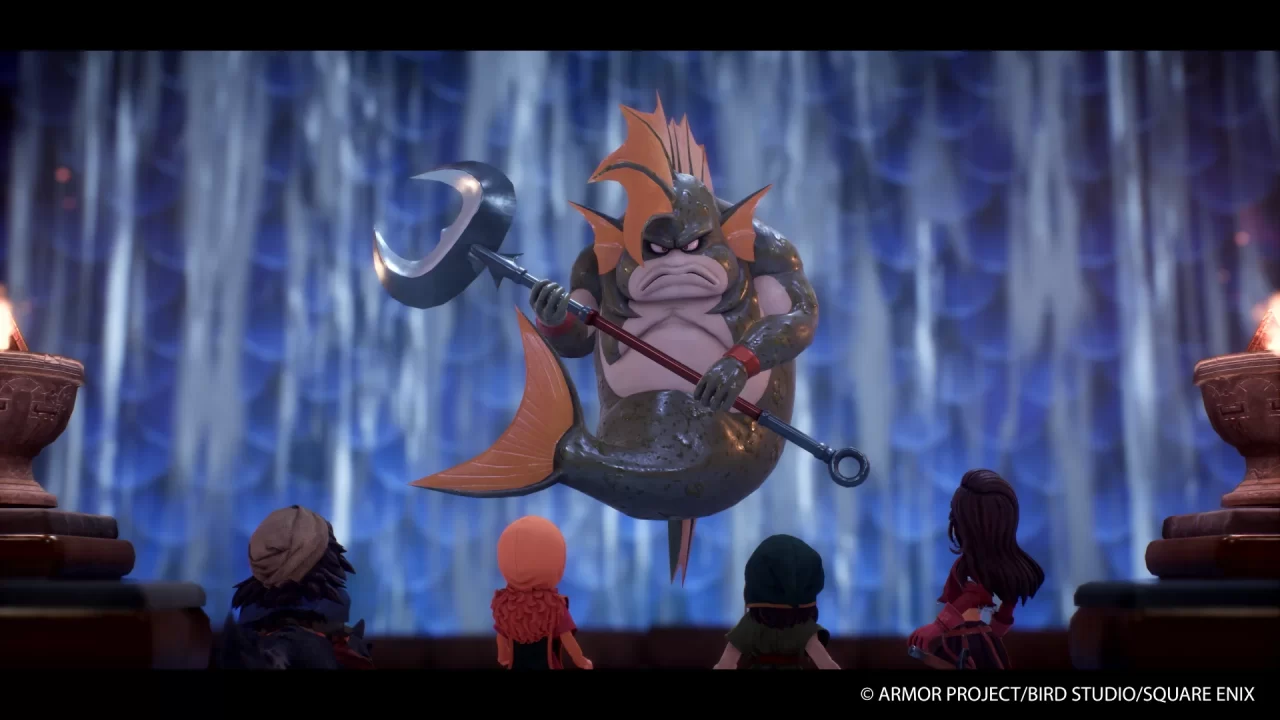
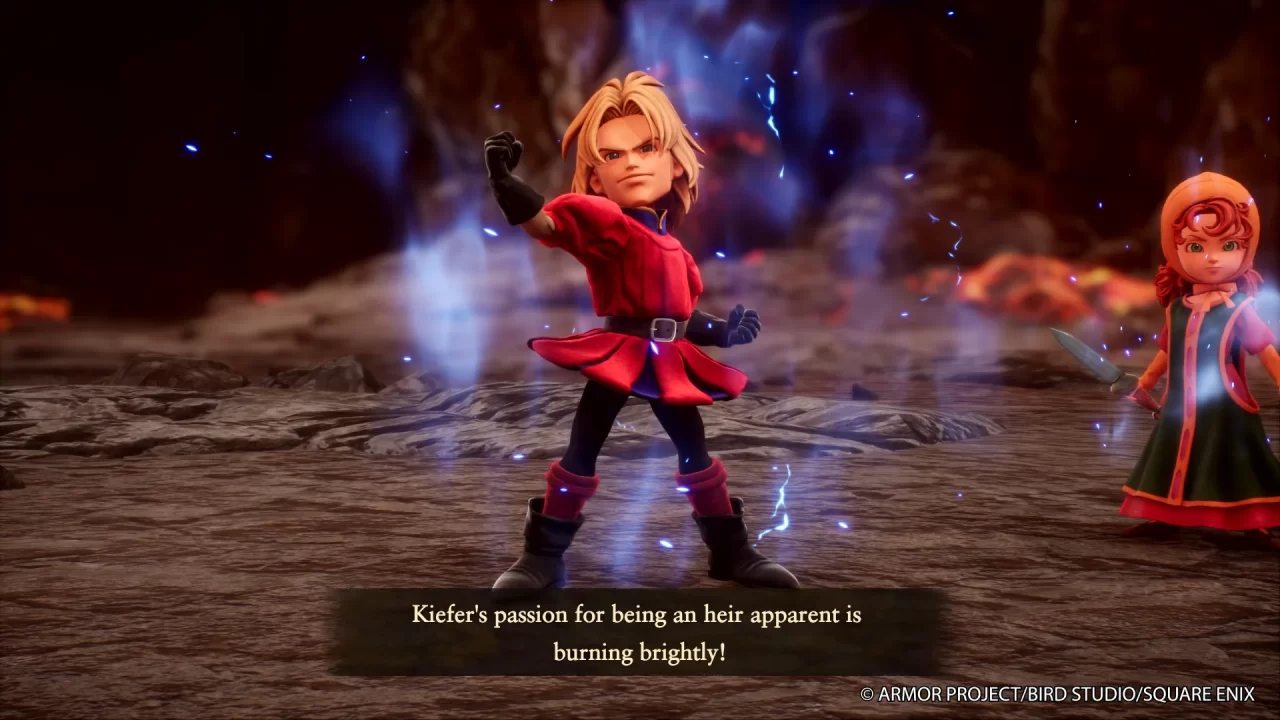

RPGFan: So, it appears that each version of Dragon Quest VII gets more streamlined as they come out. The 3DS version was a lot more compact, but it wasn’t that far away from the original. There has been a bit of confusion among fans about what is actually being cut from this version. There has been talk about removing some of the “fluff” islands that didn’t add anything to the story, and other speculation that those islands are not really cut and just moved to a postgame or endgame situation. Can we get a confirmation on what is actually going on?
Ichikawa: Yes, I am happy to clarify that part. So, for the overall narrative of Dragon Quest VII Reimagined, we completely reworked everything. There are a few adjustments from the original version and the 3DS version. To give you specific numbers, we did cut or remove three storylines from the original. And to add on to that, we did make adjustments to four of the stories that will now be treated as optional storylines. They are not necessarily going to be moved towards the endgame content; it’s just that players have the option to experience them any time they want after they get access to that point. With these adjustments, we feel confident that we can give an even richer story experience for our players.
But there is more. We aren’t just removing and adjusting existing storylines. We are also introducing completely new stories that were never seen before in the previous two versions. What this entails is giving an in-depth look at the relationships between these characters. All together, we think the story experience this time around in Dragon Quest VII Reimagined is going to be completely fresh.
RPGFan: I, for one, am looking forward to it as a fan of the original, and one of its critics in that it was way too long at certain points. I am happy to see these changes. Can’t wait to see all the new stuff, too!
RPGFan: Can you tell us more about the Moonlighting mechanic and why the change from Monster Vocations in the original PS1 version to more of an equipment system where you equip the orb and get the powers of the monsters now?
Ichikawa: So, the Moonlighting system allows players to equip two vocations per character and is very different from the PS1 and 3DS systems, where the characters were limited to just one. The way it worked was once you maxed out the proficiency level of your current vocation, you got the opportunity to change your vocation to something that is higher or stronger. But when you do that, the proficiency rate starts over, and that negatively impacts character attributes like health and strength. The Moonlighting system now addresses that issue, because players don’t need to start over. They can choose to keep a maxed-out vocation and start a new one in a second slot. By adding the Moonlighting system, focusing on the human vocations, and completely overhauling the whole vocation system (including the monsters’ ones) into equipment, it gives the players the freedom and flexibility to try and combine many different applications that they want to try to beat the game. It helped kill two birds with one stone, and it really worked out for us.
RPGFan: Speaking of vocations, I am always curious, and I love asking developers: What is your favorite vocation or vocation combination? Are there any combos you think players should try or look forward to when Dragon Quest VII Reimagined comes out?
Ichikawa: My favorite vocation is actually the pirate. The whole concept of Dragon Quest VII is that you go on an adventure with a group of friends and eventually find a boat and go out to sea, so it kinda of makes you feel like being a pirate. So, I am really looking forward to players trying it.
As for combinations of vocations that I would suggest for players, well, I don’t know I am good enough to recommend anything really. I don’t know if I have any good suggestions, but if I had one recommendation, it would be for players to try the priest vocation because, in addition to the Moonlighting system, there is also something new added to battles called “Let Loose,” which you may have experienced in the demo?
RPGFan: Yes, actually I did. I managed to kill a Metal Slime with it. I accidentally hit whistle while playing, which spawned one, and because Ruff’s Let Loose Attack had an automatic crit, I actually ended up killing it.
*laughs from the room*
Ichikawa: Yes, and that’s one of the benefits to the system. The priest Let Loose command has a very extensive recovery move that heals all damage and heals all ailments for your entire party, so it adds a lot of survivability and is something I would recommend trying out and keeping around.
RPGFan: Speaking of difficulty, every recent Dragon Quest remaster/remake so far has added Draconian difficulties to them. Can we expect the same from Dragon Quest VII Reimagined? Will the difficulty be more like the PlayStation or more toward the 3DS difficulty?
Ichikawa: For Reimagined, especially in regards to combat difficulty, it has a lot of new systems (such as the Moonlighting system and Let Loose commands), so we reworked the battle difficulties too. We will have difficulty options, and on the standard level of difficulty, as long as you level up efficiently, you shouldn’t have too much trouble with battles. But you can always change the difficulty in the options to suit your level.


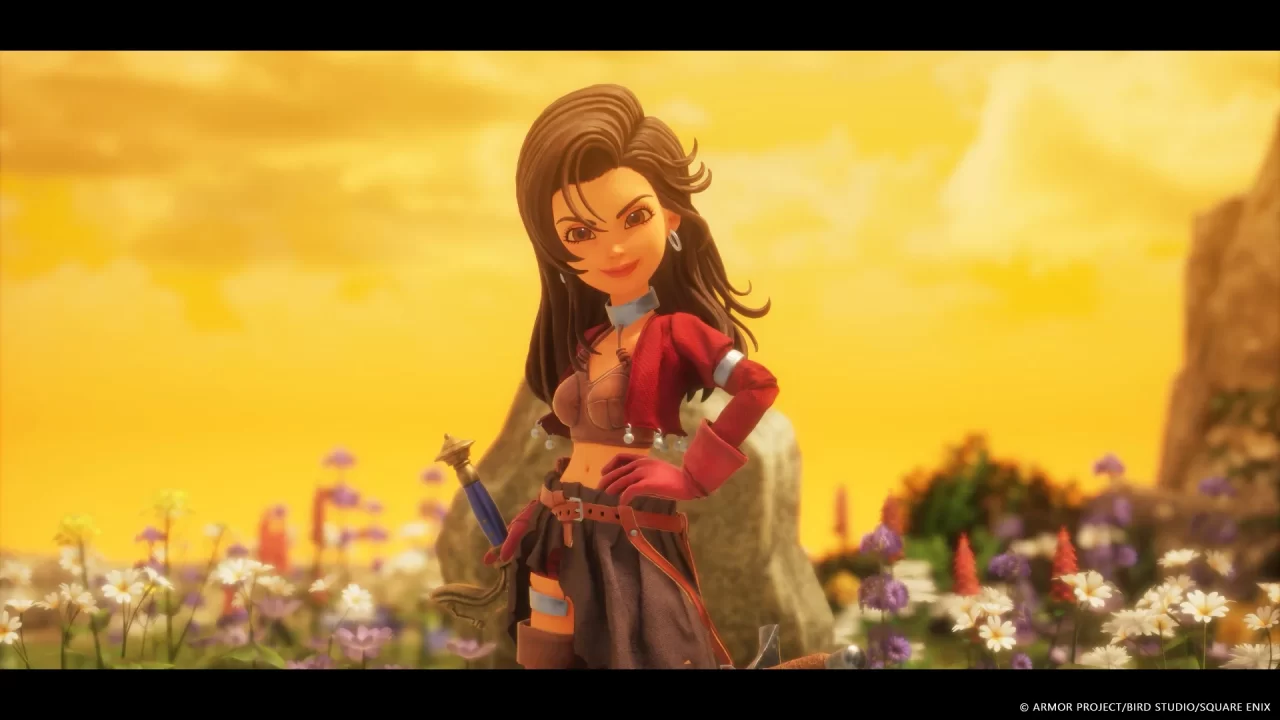
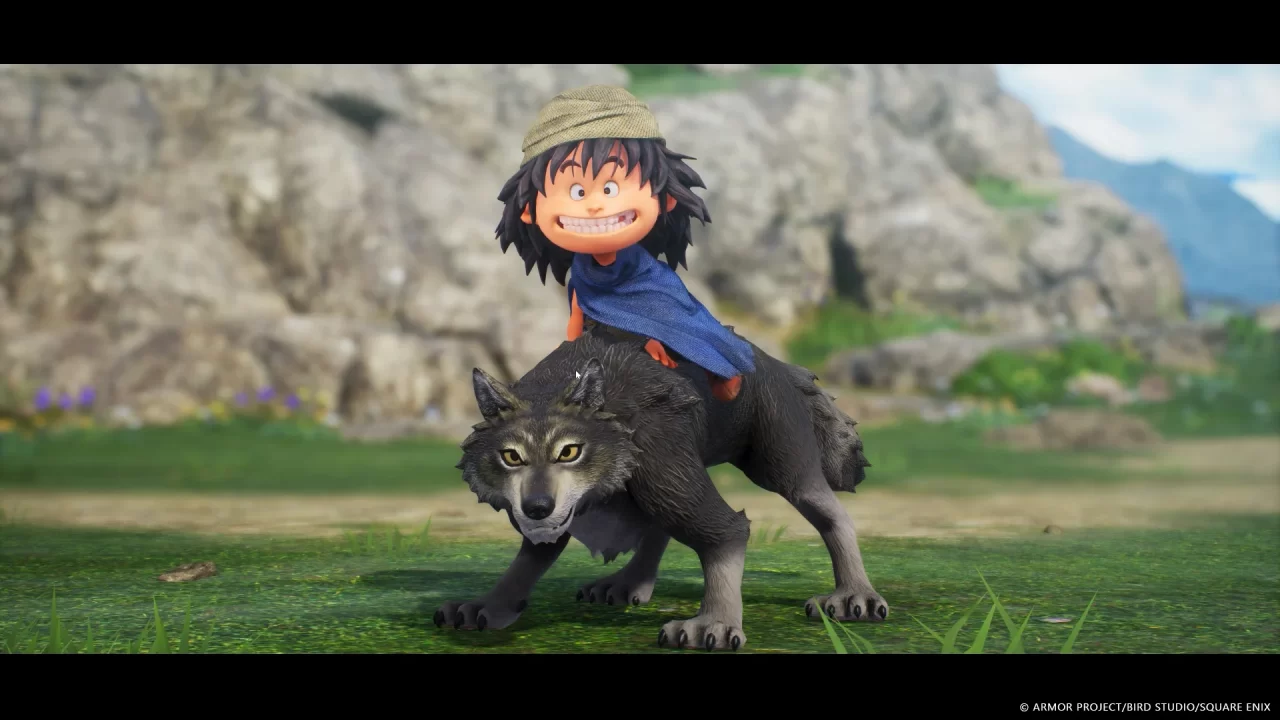

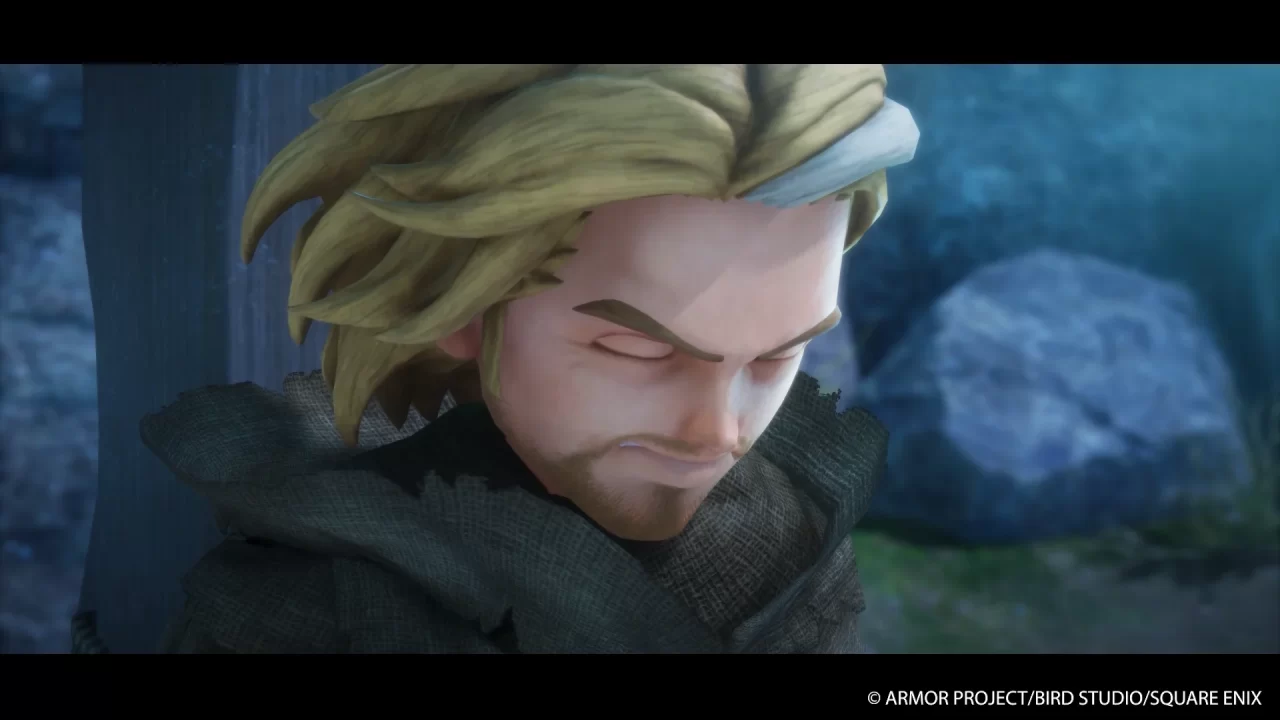
RPGFan: One of Dragon Quest‘s best features is the unique, fun, and pretty in-depth characters. Dragon Quest VII is no exception to this. I actually think it has two of the best characters in the series with Maribel and Kiefer. But you all get to spend so much more time with these characters than we do. I have to ask two questions here: Who is your favorite, and who are you looking forward to the players experiencing in this version, especially with how you rearranged the story for Dragon Quest VII Reimagined?
Ichikawa: Yeah, I would definitely say that Maribel is such a great character, especially this time around. With the Reimagined version, these characters now have voiceovers and I think they give the characters a lot more emotional weight to the way they are portrayed, and give a more immersive experience for players. So, yeah, I would like players to definitely keep an eye out for Maribel this time around.
RPGFan: So, what’s the most challenging aspect of reimagining a game as long and big as Dragon Quest VII? Like we discussed before, it is a 100+ hour game just for the main story, so it must be a daunting task for a game like this.
Ichikawa: It certainly wasn’t an easy feat, but we have a lot of incredible staff members who worked on the script and scenarios of Dragon Quest VII, along with a lot of extensive discussions and meetings to understand and determine what we can do to work on the story. We also had the full support of Hori-san, the creator of Dragon Quest. So, with all of these aspects working together, we had this goal of preserving the appeal of the original Dragon Quest VII, including its darker and more mature tone that depicts all these terrible tragedies and adversities that these characters face, while keeping it fresh and new. I think we were able to create a really rich story and game experience for our players.
RPGFan: One final question—and thank you for your time today—what are you most looking forward to players enjoying in Dragon Quest VII Reimagined compared to the previous two?
Ichikawa: For Reimagined, we had a very clear vision from the beginning, and we really wanted to focus on three main core elements of visuals, story, and battle. So, I would like to call out these three elements as the essential parts of the reimagining, and hope players really enjoy these three aspects of the game!
RPGFan: I am definitely looking forward to it myself! Thank you for your time!
Dragon Quest VII Reimagined releases on February 5th, 2026 on the PlayStation 5, Xbox Series X|S, Nintendo Switch, Nintendo Switch 2, and PC!
